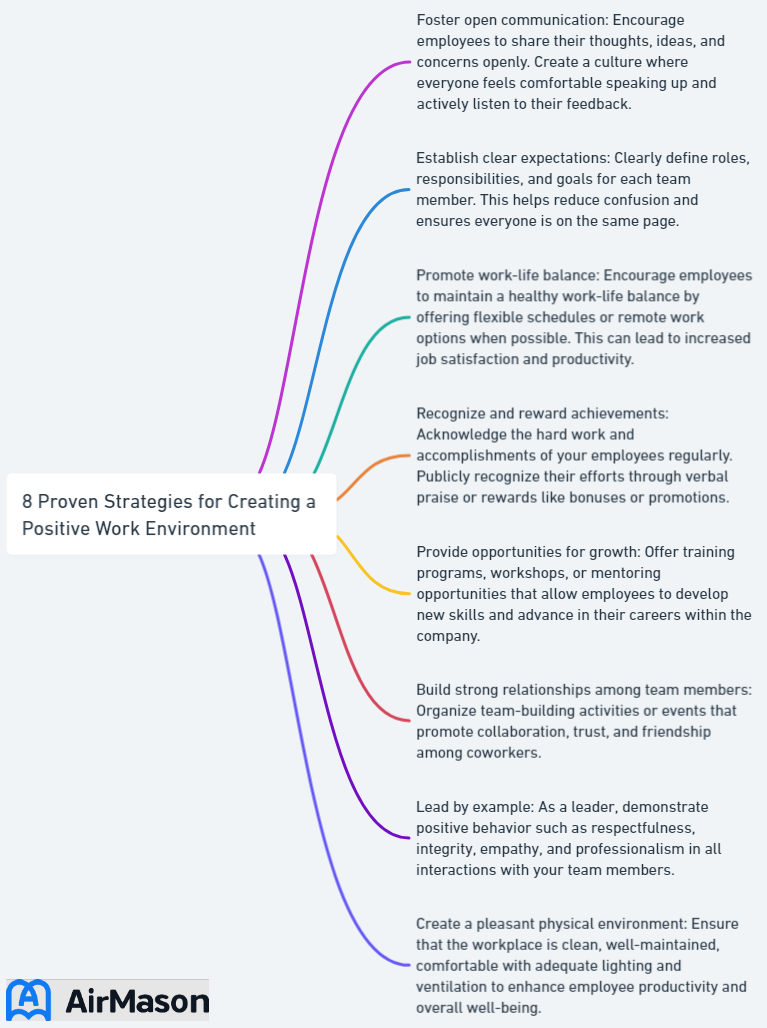
In today’s increasingly interconnected world, understanding the nuances of culture is more important than ever. But what exactly is culture, and why does it matter? Most experts agree that culture includes various key factors that define it, the role it plays in our lives, and how we can harness its power to enhance our relationships, organizations, and global connections. Delve into this fascinating topic and discover the aspects that most experts agree that culture includes. Are you ready to unlock the secrets of culture? Let’s begin!
Key Takeaways
- Culture is a complex system composed of shared beliefs, values, language and customs.
- Leaders play an essential role in defining organizational culture by promoting open communication and celebrating diversity.
- Cultural competence is necessary to promote mutual respect and understanding between different cultures on a global scale.
Defining Culture: Unraveling the Complex Concept
Culture is an intricate fabric, woven from the shared beliefs, values, language, customs, and behaviors that shape the lives and interactions of a particular group of people. It is a dynamic system that evolves with each generation, influenced by the unique experiences, knowledge, and environment of its members.
At its core, culture is symbolically represented through:
- Language
- Rituals
- Symbols
- Other forms of expression
These elements allow individuals to communicate ideas and maintain a sense of identity and unity within their group. As we examine the various aspects of culture, we must be mindful of its complexity and the profound impact it has on our lives.

Key Factors of Culture: Shared Beliefs and Values
Delving further into the realm of culture reveals several critical elements that shape it, including shared beliefs and values, language, communication, as well as customs, traditions, and practices. These elements serve as the foundation upon which cultural identity and cohesion are built and provide a framework for understanding and interpreting the world around us.
Language and Communication

Language is the lifeblood of culture, playing a pivotal role in facilitating communication, expression, and the transmission of cultural knowledge and values. It is through language that individuals can share their beliefs, customs, and traditions, ultimately shaping their cultural identity and sense of belonging. However, language can also create barriers between different cultures, as differences in dialects, proficiency, and understanding of idiomatic expressions can lead to misunderstandings and misinterpretations in communication.
Thus, the question arises: how can we overcome these linguistic barriers to enhance understanding among diverse groups? Through collective efforts in language learning and cultural engagement, we can surmount communication hurdles and gain a deeper appreciation for the diverse cultures around the globe.
Customs, Traditions, and Practices
Customs, traditions, and practices add unique vibrancy to each culture, much like different colors and textures in a tapestry. These tangible manifestations of a group’s shared beliefs and values, including religion, shape their daily lives and interactions, dictating behaviors and setting standards within their society.
Moreover, these customs and traditions serve as a reminder of the past, allowing individuals to honor their ancestors and remain connected to their cultural heritage. Participation in and appreciation for the myriad customs, traditions, and practices of different cultures can foster unity, mutual respect, and harmony on a global scale.
An Organization’s Culture
An organization’s culture is the bedrock upon which its values, beliefs, and behaviors are built. It encompasses the collective mindset and shared understanding among its members, shaping how they interact, make decisions, and approach their work. This intangible yet powerful force influences every facet of an organization, from its day-to-day operations to its long-term strategic direction. An organization’s culture sets the tone for employee engagement, performance, and satisfaction. It dictates whether creativity and innovation are encouraged, or if conformity and tradition hold sway. In essence, an organization’s culture is the guiding force that defines its identity and molds its destiny.
Cultural Transmission: Passing It On

Culture is not static; it is a dynamic force that is constantly shaped and reshaped by its members. One of the key aspects of this process is cultural transmission, which refers to the passing of information, knowledge, beliefs, and values from one generation to another within a society or culture. This is achieved through various modes, such as:
- Direct teaching
- Observation
- Socialization within the family and community
- The crucial role of language in communicating cultural ideas and concepts from one generation to the next.
The process of cultural transmission ensures the continuity and preservation of a society’s culture, while also allowing for the adaptation of the culture to changing social and environmental conditions. Gaining an understanding and acceptance of cultural transmission empowers us to actively preserve our cultural heritage, while also promoting respect and appreciation for the global cultural diversity.
Organizational Culture: The Role of Workplace Environment

Organizational culture, the shared values, beliefs, customs, and practices that shape the identity and operational methodology of a company, plays a significant role in employee satisfaction, productivity, and overall organizational success. Leadership is a key factor in shaping and maintaining a positive workplace environment, and various strategies can be implemented to build a supportive and inclusive culture.
Leadership and Culture
Effective leaders understand the importance of fostering a positive organizational culture and work diligently to align their leadership style with the company’s values and goals. Fostering an environment of open communication, offering training opportunities, and celebrating diversity and inclusion allows leaders to create a workplace where employees feel valued, respected, and inspired to contribute to the organization’s success.
Moreover, the leadership style of an individual can have a significant influence on the overall culture of an organization. For example, a leader who encourages collaboration and transparency will cultivate a culture of teamwork and trust, while an authoritarian leader may create a culture of hierarchy and obedience.
Recognizing the vital role of leadership in shaping an organization’s culture enables companies and leaders alike to collaboratively build a positive, supportive, and successful work environment.
Strategies for Building a Positive Organizational Culture
Organizations can implement various strategies to build a positive culture, such as promoting open communication, providing training and development opportunities, and celebrating diversity and inclusion. Open communication can improve collaboration and teamwork, foster trust and transparency, and encourage feedback and constructive dialogue, ultimately contributing to a culture of trust and open communication.
In addition to open communication, offering training and development opportunities can promote personal and professional growth, while recognizing diversity and inclusion can foster a sense of belonging and respect within the workplace. By implementing these strategies, organizations can create a positive and inclusive work environment that supports their employees and promotes overall success.
How to Build Positive Team Culture
Creating a positive team culture is essential for fostering collaboration, productivity, and overall satisfaction within a group. To build a positive team culture, it’s crucial to start by clearly defining your team’s values and goals. This provides a shared foundation for all members to align their efforts and understand their collective purpose. Encourage open communication channels, where every team member feels heard and valued. This not only promotes transparency but also establishes trust among team members. Additionally, celebrate achievements, both big and small, to acknowledge the hard work and dedication of each individual.
Moreover, fostering a sense of belonging and inclusivity is paramount. Ensure that everyone on the team feels accepted and appreciated for their unique contributions and perspectives. Regular team-building activities and workshops can further strengthen bonds and improve collaboration. By consistently prioritizing the development of a positive team culture, you not only boost morale but also set the stage for long-term success and achievement.
The Importance of Cultural Competence
As our world becomes more interconnected, the importance of cultural competence cannot be overstated. Cultural competence is the ability to:
- Understand, communicate with, and interact effectively with people from diverse cultures
- Successfully navigate this increasingly diverse landscape
- Promote mutual understanding, respect, and collaboration across different cultures
- Contribute to a harmonious and inclusive global community
Developing cultural competence is essential for individuals and organizations alike.
To achieve cultural competence, both individuals and organizations must be willing to engage in education, self-reflection, and exposure to different cultures, as well as prioritize diversity and inclusion in all aspects of life and work. Adopting this mindset and actively working towards developing cultural competence allows us to dismantle barriers, enhance communication, and encourage collaboration across various cultures.
Developing Cultural Competence

Developing cultural competence is a journey that involves acquiring knowledge, skills, and awareness of one’s own biases and stereotypes, as well as those of others. By actively seeking out opportunities to learn about and engage with different cultures, individuals and organizations can:
- Broaden their perspectives
- Challenge their assumptions
- Work towards a more inclusive and respectful understanding of the diverse world in which we live.
In addition to individual efforts, organizations can play a crucial role in fostering cultural competence by implementing policies and practices that promote diversity, inclusion, and cultural sensitivity. This may include offering training programs, creating a culture of learning, and establishing open communication channels that encourage the sharing of ideas and perspectives from all members of the organization.
Overcoming Cultural Barriers

Overcoming cultural barriers involves recognizing and addressing biases, stereotypes, and language differences, as well as prioritizing diversity and inclusion in all aspects of life and work. By acknowledging these barriers and actively working to overcome them, individuals and organizations can foster a more inclusive and respectful environment that promotes collaboration and understanding.
Some strategies for overcoming cultural barriers include:
- Observing etiquette
- Refraining from the use of slang
- Articulating speech at a moderate pace
- Exploring cultural disparities
- Employing a translator when necessary
- Establishing communication protocols
- Offering language instruction
Implementing these strategies aids in eliminating cultural barriers, paving the way for a more harmonious and inclusive world.
Culture and Conduct Learning Check Answer Key
The Culture and Conduct Learning Check Answer Key provides a comprehensive overview of the essential elements covered in this vital training module. It serves as a valuable tool for both learners and facilitators, ensuring a clear understanding of the key concepts related to organizational culture and ethical conduct. This answer key offers concise explanations and correct responses to the assessment questions, allowing individuals to assess their grasp of critical topics such as compliance protocols, diversity and inclusion, and ethical decision-making. By referring to the Culture and Conduct Learning Check Answer Key, participants can reinforce their knowledge and address any areas that may require further attention. Additionally, this resource aids facilitators in gauging the effectiveness of the training program and tailoring future sessions to meet specific learning needs.
The Impact of Culture on Global Relations
Culture plays a significant role in shaping global relations, as understanding and respecting cultural differences can lead to improved cooperation, diplomacy, and conflict resolution. By fostering cultural understanding and empathy, individuals and nations can work together to address pressing global issues, promote sustainable development, and create a more peaceful and interconnected world.
Unfortunately, cultural misunderstandings can also contribute to international conflicts, with perceived or actual differences in cultural traits leading to tension, miscommunication, and even violence. By emphasizing the importance of cultural competence and prioritizing the development of cross-cultural understanding, we can work towards a world where cultural differences are embraced and celebrated, rather than feared and misunderstood.
Summary
In conclusion, culture is a complex and dynamic force that shapes our lives, interactions, and worldviews. By understanding the key factors that define culture, recognizing its impact on global relations, and fostering cultural competence, we can work together to build a more inclusive, diverse, and interconnected world. Let us embrace our unique cultural identities and celebrate the diversity that makes our world a richer and more vibrant place to live.
Frequently Asked Questions
What do most experts believe that culture includes?
Most experts believe that culture encompasses beliefs, values, language, customs, and behaviors shared by a group of people. It includes elements like language, ideas, customs, institutions, tools, techniques, works of art, rituals, and ceremonies that shape the way its members understand the world. These elements are specific to different ethnic, racial, religious, geographic, or social groups.
What is culture defined as USMC?
The USMC culture is the non-physical operating environment that binds it together, creating an informal set of rules and attitudes that profoundly shape how Marines work, train and fight.
Which of the following are key factors of culture?
Key factors of culture include symbols, language, norms, values, artifacts, shared beliefs and values, socialisation, and attitudes and values. These elements are important for effective social interaction and form the basis of many cultures’ behaviours and ways of life.
What are the five dimensions of operational culture are leading Marines?
Leading Marines should focus on developing operational culture plans based on five dimensions: physical environment, economy, social structure, political structure and belief system.
How is culture transmitted from one generation to another?
Culture is passed down from one generation to the next through various methods such as direct teaching, observation, socialization within the family and community, and language which plays an integral role in communicating cultural concepts.